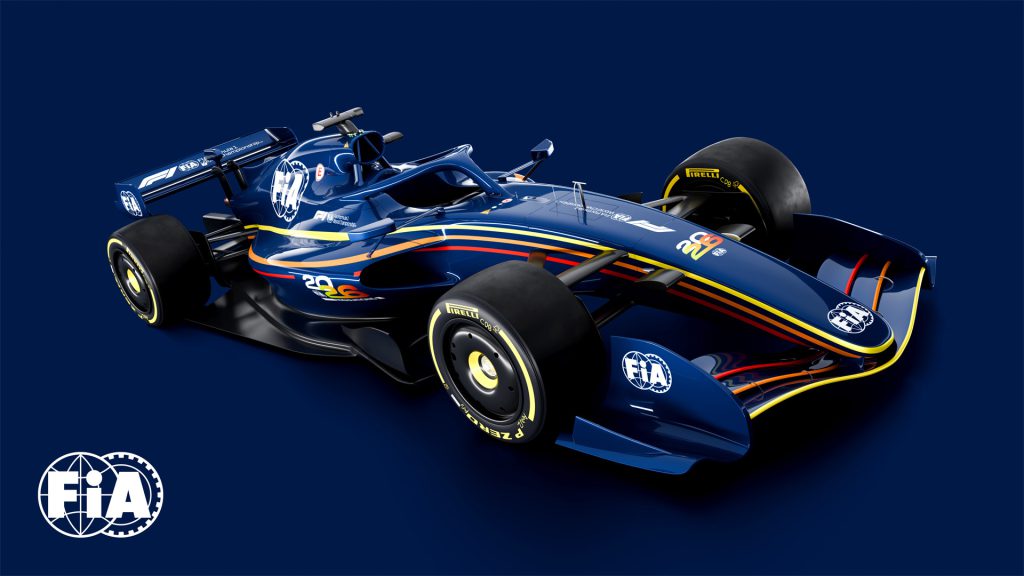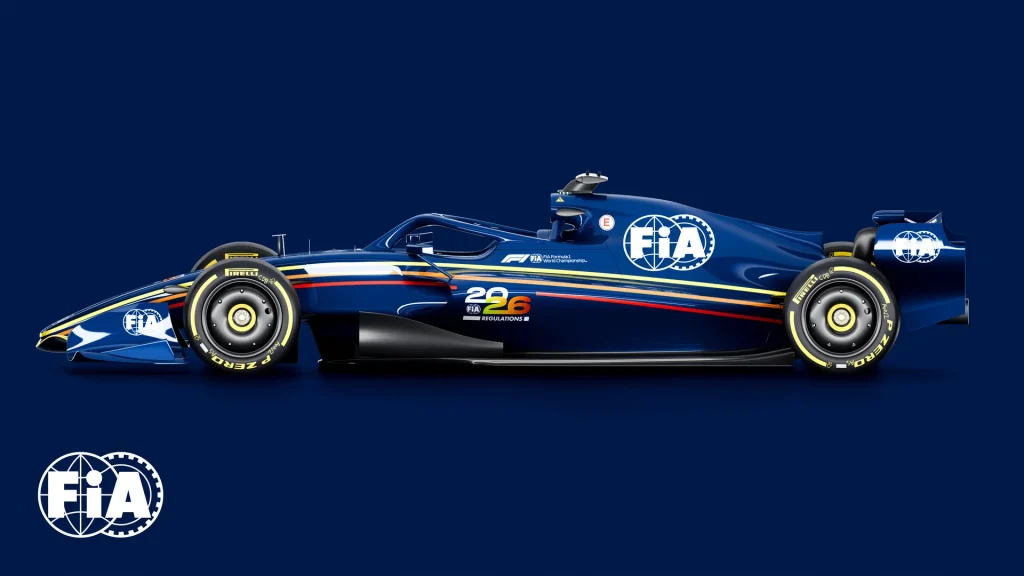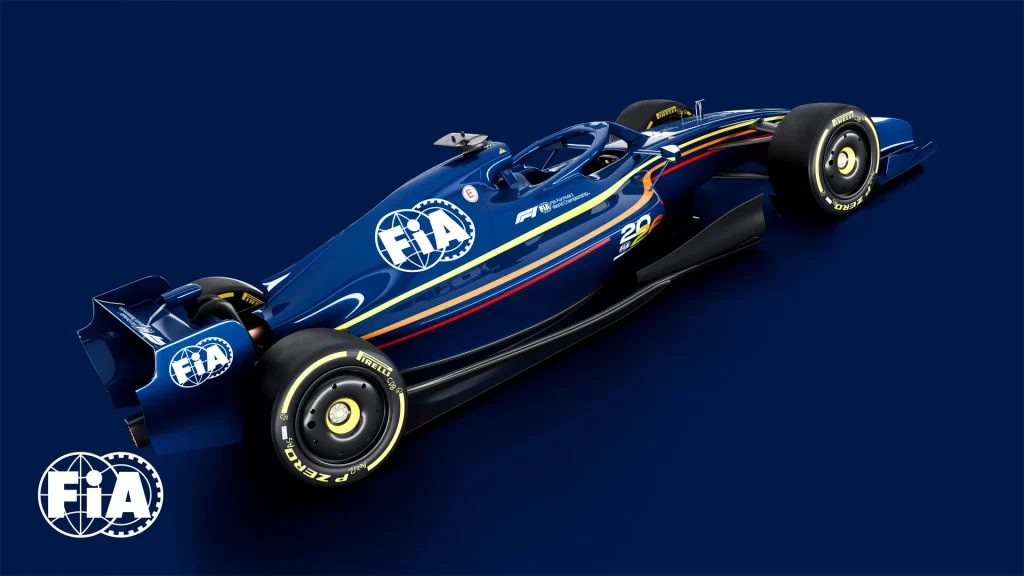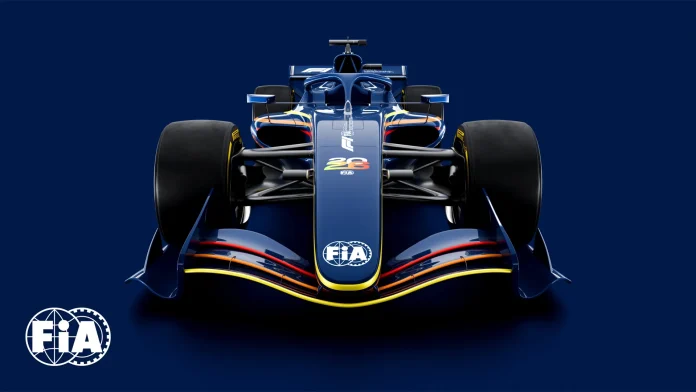The world of Formula 1 is gearing up for a major transformation in 2026, as the FIA introduces new design rules aimed at enhancing sustainability, competition, and safety. These changes promise to revolutionize the sport, with more powerful and electrified cars, lighter and nimbler designs, and advanced active aerodynamics. In this article, we’ll delve into the specifics of these exciting developments and what they mean for the future of Formula 1.
Sustainable Fuel: Driving Towards a Greener Future
100% Sustainable Fuel
One of the most significant changes coming in 2026 is the switch to 100% sustainable fuel. This groundbreaking move is designed to drastically reduce the carbon footprint of Formula 1. The sustainable fuel, potentially a synthetic e-fuel, will power the next generation of F1 cars, marking a major step forward in the sport’s commitment to environmental responsibility.



Impact on Performance
Despite the shift to sustainable fuel, the power units will maintain their high performance. The engines will still deliver over 1,000 horsepower, ensuring that the thrilling speed and competition that fans love will remain intact. However, overall fuel usage during a race is expected to drop from around 220 pounds today to just 154 pounds in 2026, thanks to these advancements.
Enhanced Power Units: More Electrification and Simplicity
Turbocharged 1.6-Liter V-6 Hybrid Format
The power units will stick with the current turbocharged 1.6-liter V-6 hybrid format, but there will be notable changes. The MGU-H, which recovers exhaust energy via the turbocharger, will be eliminated. This simplification will make the power units more reliable and easier to manage.
Increased Electrical Power
The MGU-K unit, which recovers energy under braking and helps drive the wheels, will remain and become even more powerful. Electrical power output will increase to 469 hp, up from the current 160 hp. This boost will enhance the hybrid capabilities of the cars, making them more efficient and potent on the track.
Manual Override Mode: A Game Changer for Overtaking
On-Demand Electrical Energy
A major innovation for 2026 is the introduction of a Manual Override mode. This feature will provide drivers with an on-demand burst of electrical energy to assist with overtaking. When a driver is close to the car in front, they can activate this mode for a strategic advantage.
Speed-Dependent Energy Deployment
For cars in the lead, the Manual Override mode will have a unique mechanism. The energy boost will taper off after the car reaches 180 mph and will completely shut off at 220 mph. This ensures a balanced competition and prevents runaway leads during high-speed sections of the race.
New Power Unit Suppliers: Expanding the Grid
Record Number of Suppliers
The new power unit design has attracted a record number of suppliers. Current suppliers like Alpine, Ferrari, and Mercedes-Benz AMG will be joined by newcomers. Audi will enter the sport as both a power unit supplier and a constructor. Honda is set to return, working with Aston Martin, while Red Bull Racing will collaborate with Ford on its new power unit. This diversity promises a vibrant and competitive grid in 2026.
Lighter, Nimbler Cars: Enhanced Performance and Agility
Reduced Wheelbase and Width
The 2026 F1 cars will be smaller and lighter. The wheelbase will decrease from a maximum of 3,600 mm to 3,400 mm, and the width will shrink from 2,000 mm to 1,900 mm. These reductions will make the cars nimbler and more agile, especially on narrow tracks.
Narrower Wheels
The wheels, while still 18 inches in diameter, will become narrower. The front wheels will be reduced by 25 mm, and the rear wheels by 30 mm. Despite this change, the FIA assures that grip levels will remain high, maintaining the cars’ performance during races.
Active Aerodynamics: Boosting Cornering Speeds
Movable Front and Rear Wings
The design rules for 2026 will introduce new active aerodynamic systems. These will include movable front and rear wings, which will allow greater cornering speeds. For straights, drivers can switch to a low-drag configuration called X-Mode, enhancing speed and overtaking opportunities.
Simplified Wing Designs
The front wing will be narrower and feature a two-element active flap, while the rear wing will have a three-element system. The rear wing will lose the current lower beam wing, and end plate designs will be simplified. These changes aim to reduce drag and improve overall aerodynamic efficiency.
Improved Safety: Tougher Structures and Testing
Two-Stage Crash Structure
Safety in Formula 1 will see further enhancements. The new rules will introduce a two-stage crash structure at the front, replacing the current single-stage design. This will provide better protection for the driver during secondary impacts.
Stronger Roll Hoops and New Wing Lights
Roll hoop loads will be increased to align with other single-seat racing categories. Additionally, new rear wing endplate lights will be required, improving visibility and safety during night races and adverse weather conditions.
Conclusion: A Thrilling Future for Formula 1
The 2026 design rules represent a significant evolution for Formula 1. With a focus on sustainability, enhanced power units, and improved safety, these changes promise to deliver more exciting and competitive racing. The introduction of new power unit suppliers and the innovative Manual Override mode will add new dimensions to the sport, keeping fans on the edge of their seats. As we look forward to this new era, one thing is certain: Formula 1’s commitment to innovation and excellence remains as strong as ever.


































